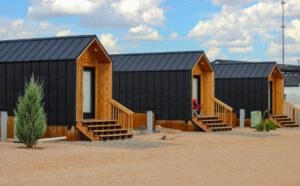The Rise of the Tiny Home Movement
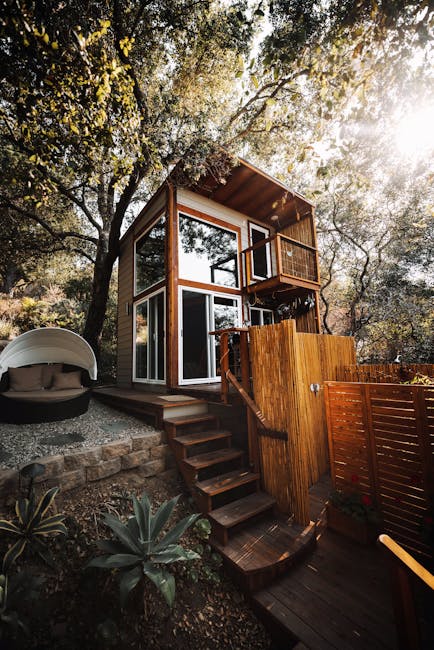
Tiny homes, often under 400 square feet, have been gaining popularity as more people seek to downsize and simplify their lives. The movement started as a counter-culture trend but has now transitioned into a mainstream lifestyle choice. This shift can be attributed to the growing desire for financial independence and sustainability. With the rising cost of living, tiny homes offer an affordable housing option that allows individuals to own property without a hefty mortgage. Additionally, their smaller size means less maintenance, making them appealing to a wide range of demographics, from young professionals to retirees.
Affordability and Cost-Effectiveness
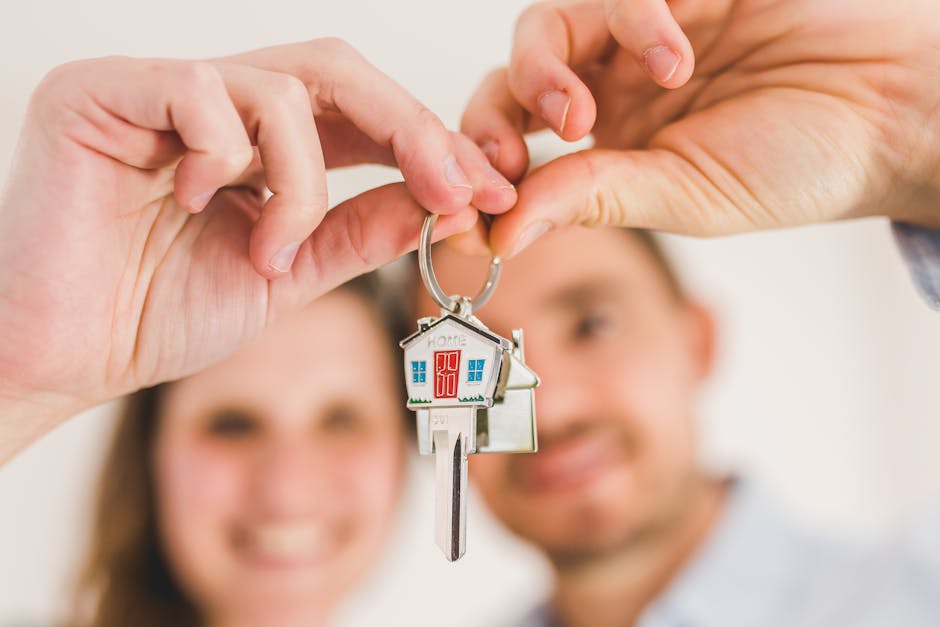
One of the primary reasons tiny homes are attracting investors is their affordability. The cost to build or purchase a tiny home can be as low as $20,000, compared to the average home cost, which can easily exceed $300,000. This lower price point opens the door for a larger segment of the population to enter the housing market. For investors, this means a broader customer base and quicker return on investment. Furthermore, the low cost of utilities and maintenance makes tiny homes a cost-effective solution for long-term living.
Sustainability and Environmental Impact

Tiny homes are not only cost-effective but also environmentally friendly. Their smaller footprint means less energy consumption and fewer resources required for construction. Many tiny homes are built using sustainable materials and are designed to be energy-efficient, utilizing solar panels and rainwater collection systems. As consumers become more environmentally conscious, the demand for sustainable living solutions continues to rise. Investors are capitalizing on this trend by developing eco-friendly communities that appeal to this growing market.
Flexibility and Mobility
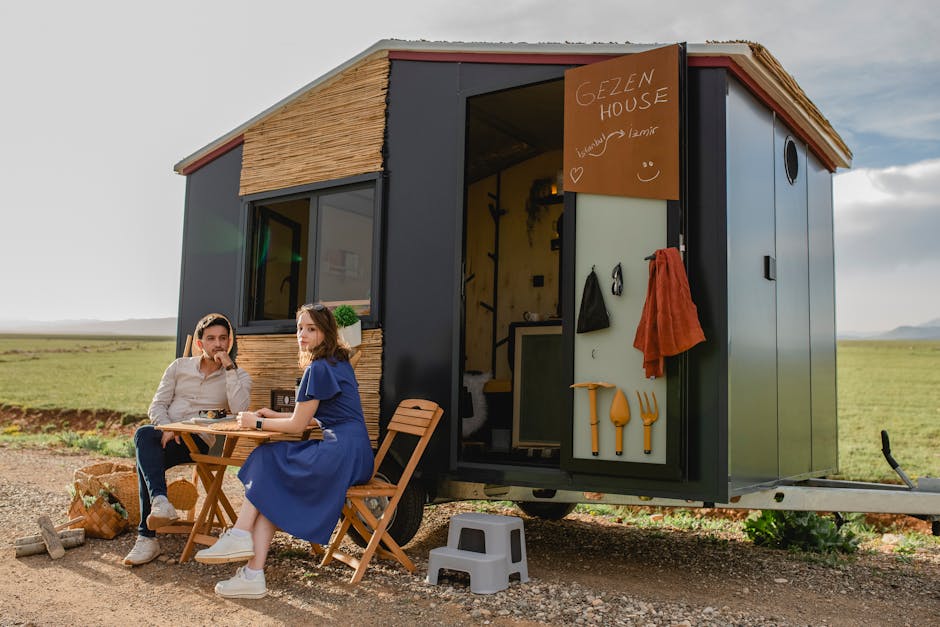
The mobility of tiny homes is another factor contributing to their appeal. Many tiny homes are built on wheels, allowing owners the freedom to move their home to different locations. This flexibility is particularly attractive to those who desire a nomadic lifestyle or who frequently relocate for work. For investors, this means that tiny homes can be marketed as both permanent residences and vacation rentals, increasing their versatility and potential for profit.
Growing Demand for Alternative Housing
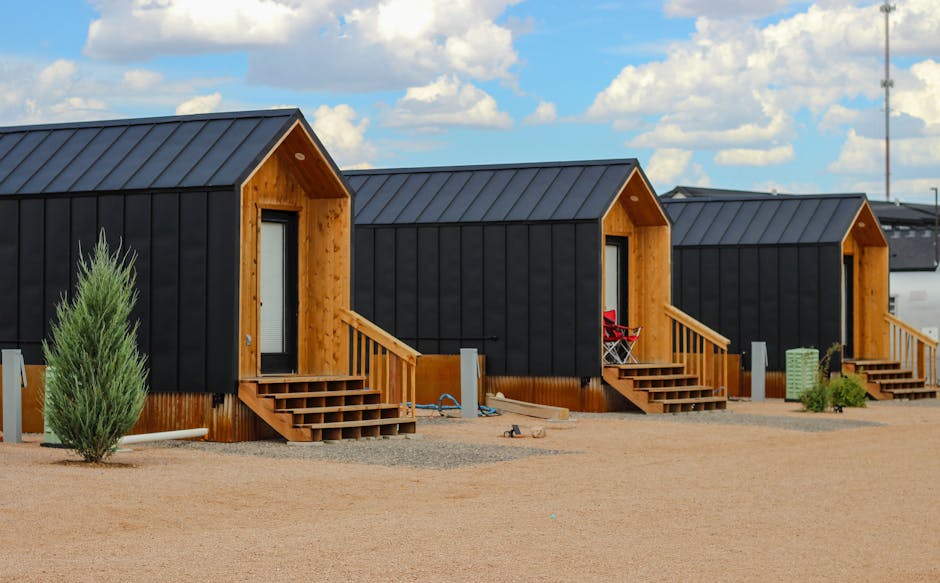
As urban areas become more crowded and traditional housing becomes less accessible, the demand for alternative housing solutions is on the rise. Tiny homes offer a unique solution to these challenges, providing affordable and efficient living spaces in both urban and rural settings. Investors are recognizing the potential in this market and are developing tiny home communities, co-living spaces, and vacation rentals to meet the growing demand. These innovative housing solutions are reshaping the real estate landscape and offering new opportunities for investment.
Millennial and Gen Z Appeal

Millennials and Gen Z are driving the demand for tiny homes, as they prioritize experiences over material possessions. These generations are more likely to value sustainability, affordability, and flexibility in their living arrangements. Tiny homes align perfectly with these values, offering a lifestyle that allows for financial freedom and reduced environmental impact. Investors are taking note of this trend and are targeting these demographics with marketing strategies that emphasize the benefits of tiny living.
Regulatory Changes and Challenges

While tiny homes are gaining popularity, they still face regulatory challenges in many areas. Zoning laws and building codes can restrict where tiny homes can be placed and how they are constructed. However, as the demand for affordable housing grows, many municipalities are re-evaluating their regulations to accommodate tiny homes. Investors are watching these changes closely and are working with local governments to develop tiny home-friendly communities. As regulations continue to evolve, the opportunities for investment in the tiny home market are likely to expand.
Technological Advancements in Tiny Home Design
Advancements in technology are enhancing the appeal of tiny homes. Innovative design solutions, such as multi-functional furniture and smart home technology, make tiny living more comfortable and efficient. These advancements allow tiny homes to maximize space and improve quality of life for their occupants. Investors are leveraging these technologies to create high-quality, modern tiny homes that appeal to tech-savvy consumers. This integration of technology is helping to position tiny homes as a viable and attractive housing option.
Community and Lifestyle Benefits

Tiny home living is often associated with a strong sense of community and shared values. Many tiny home dwellers choose this lifestyle to connect with like-minded individuals and to live in harmony with their surroundings. Investors are capitalizing on this by developing tiny home communities that foster social interaction and collaboration. These communities offer shared amenities, such as gardens and communal spaces, that enhance the living experience. By creating environments that promote community and connection, investors are tapping into the growing demand for housing that offers more than just a place to live.
The Future of Tiny Homes as an Investment
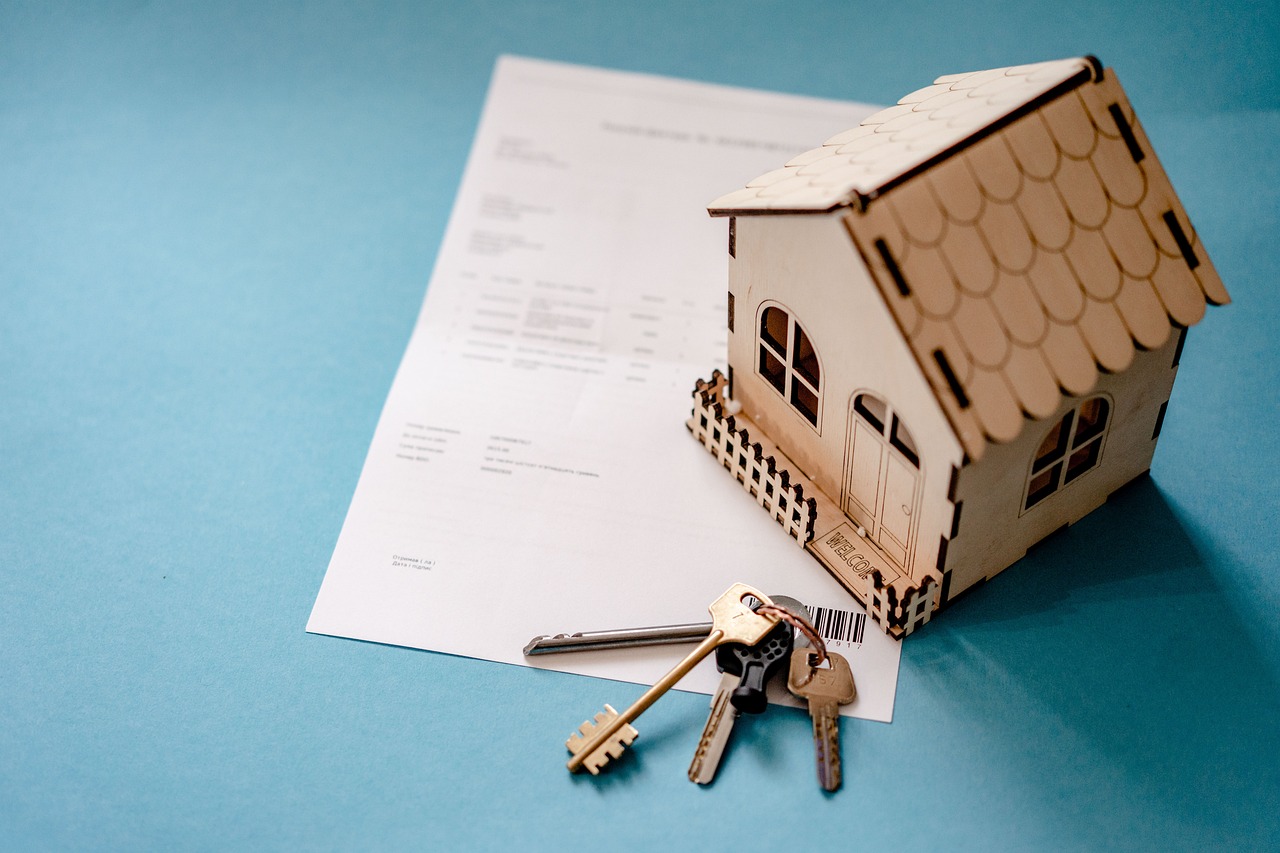
The tiny home movement shows no signs of slowing down, and its potential as an investment opportunity is vast. As more people seek affordable, sustainable, and flexible housing solutions, the demand for tiny homes will continue to grow. Investors who recognize the potential in this market and adapt to its unique challenges and opportunities stand to benefit significantly. The tiny home revolution is reshaping the housing market, and those who invest wisely will be at the forefront of this exciting new trend.

